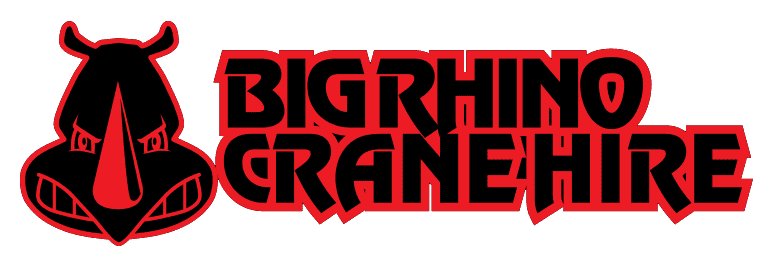SAFETY TIPS FOR CRANE OPERATORS AND SITE MANAGER TO MINIMIZE RISK ON CONSTRUCTION SITE
Conduct Regular Safety Meetings:
Before operations begin, hold safety meetings to discuss the jobs to be done that day, potential hazards, and all safety measures.
Perform Site Assessments:
This includes assessing the site to mitigate any potential hazards, such as uneven ground, culverts, pipework’s, and or any overhead obstacles, trees, powerlines. This is to be repeated after rain and the whole site may change after a good rain.
Check Ground Conditions:
Verify that soil and ground conditions are stable and capable of supporting the crane under load, especially when using outriggers. This is to be repeated after rain as the whole site may change after a good rain. Remembering that a Franna weighs 20T and the ground may look solid but not necessarily underneath
Establish a Lift Plan:
Create a detailed lift plan that includes load weights, lifting sequences, and routes. Review this with all team members involved. This also puts everyone on the same page with the exact plan of attack.
Maintain Clear Zones:
Set up barriers and signage to establish clear zones, keeping non-essential personnel away from lift areas. This is very important to prevent accidents and keeps everyone well clear of the impact area.
All lifting Equipment. Ensure all lifting equipment is made for that type of lift and is not damaged or worn in anyway.
Use Taglines Where Necessary:
When lifting long or irregular loads, use taglines to help control and steady the load, preventing uncontrolled swinging, creating a danger to everyone and possible damage to the load.
Weather Monitoring:
Stay aware of environmental conditions, such as wind speeds, these can change quickly and come from nowhere, and visibility, Thunderstorms are a big no go for crane. Cease operations immediately if conditions become unsafe.
Weather Monitoring for Crews;
Heat can be very taxing on everyone, be mindful to drink plenty of water and rest in the shade if needed. And wear protective clothing, including hard hats with shade protection attached. (Sun Flap)
Inspect Equipment Regularly:
Schedule routine inspections and maintenance for all parts of the crane to prevent failures, addressing any issues immediately before operations resume
Ensure your construction site operates safely and efficiently. Discover how our expert construction crane hire services can support your project with reliable equipment and industry compliance.
Contact us today for your crane hire needs!
SAFETY FIRST…ALWAYS






